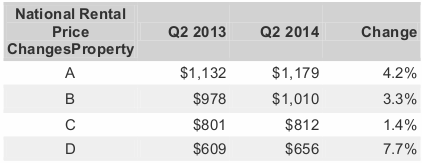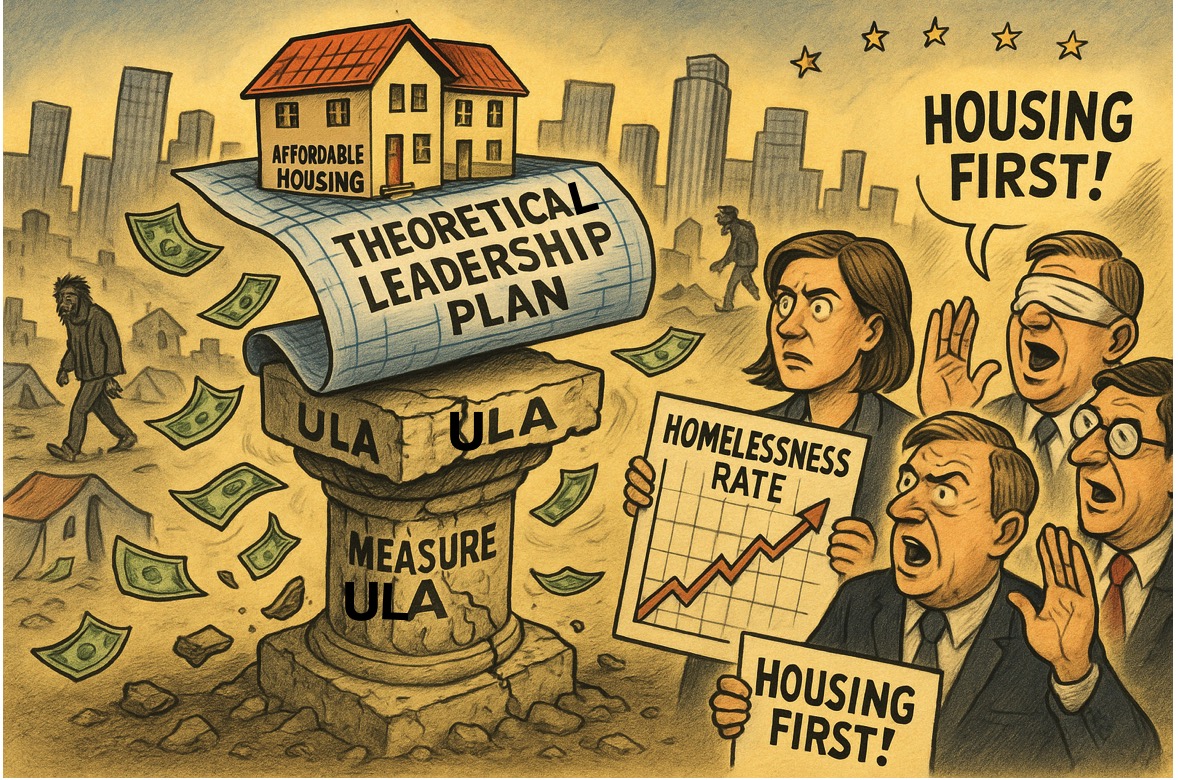Rents Rise as Renters Become Better Risks
 A better class of renter is changing the fact of Rentorship in America, creating a climate for higher rents.
A better class of renter is changing the fact of Rentorship in America, creating a climate for higher rents.
Rental applicants, especially those applying for less expensive units, continue to see improvements in their credit risk, according to the latest TransUnion Rental Screening Solutions industry report. The average ResidentScore, a measure used to assess a rental applicant’s risk level, improved by 0.8% between Q2 2013 and Q2 2014.
Improvements in credit risk levels for applicants were observed for all property types, including: Type A (newer, institutional properties), Type B (older, institutional), Type C (older, less desirable area) and Type D (older, less desirable area, renovations/updating needed). Type C (+1.2%) and Type D (+1.4%) rental properties experienced the largest improvements.
“This is great news for both renters and property managers,” said Michael Doherty, senior vice president of TransUnion’s rental screening solutions group. “We continue to see improvement in the credit risk of renters, which gives them more opportunities to receive better rental terms. This is a continuation of a trend we have now observed for the last few years. With the advent of rental reporting to TransUnion, improvements in credit risk will also help renters build their credit by making on-time, monthly rental payments.”
The report also found that average rental prices have increased 3.1% from $984 in Q2 2013 to $1,015 in Q2 2014. Rental prices increased for all property types.
The national average eviction amount, which has dropped from $1,980 over the last three years (Q2 2011 to Q2 2014) to $1,917 in Q2 2014, is also evidence of a healthy rental market. Property managers in Maryland, Pennsylvania, New York and New Jersey incur the most costs associated with an eviction. Property managers in Mississippi, Oklahoma, Arizona and North Carolina faced the least amount of eviction costs.
The average eviction amount includes costs incurred by the property manager such as lost rent, property repairs and both operational and court costs per unit. “Property managers generally incur fewer costs when their portfolio of renters is of a better quality,” added Doherty.
The combination of a healthy rental market and improved credit risk of renters bodes well for those consumers whose credit suffered as a result of the economic downturn. Many consumers turned to the rental market once home ownership was no longer an option.
However, it also raises the issues of affordability in rental properties.
“Many consumers are still recovering from the economic malaise brought on by the past recession, but those consumers who wish to rent can now see meaningful improvements in their credit score after making their first on-time payment,” said Doherty. “This can help renters who want to purchase homes or cars receive better loan terms, potentially saving them thousands of dollars.”
For the purposes of this analysis, national data on rental applications was collected from property managers utilizing TransUnion’s rental screening solutions in June 2013 and 2014.
 |
Marco Santarelli | Company Website | LinkedIn Connect |
Marco Santarelli is an investor, author and founder of Norada Real Estate Investments — a provider of passive turnkey investment properties in growth markets around the United States. For investment opportunities please visit www.NoradaRealEstate.com |









